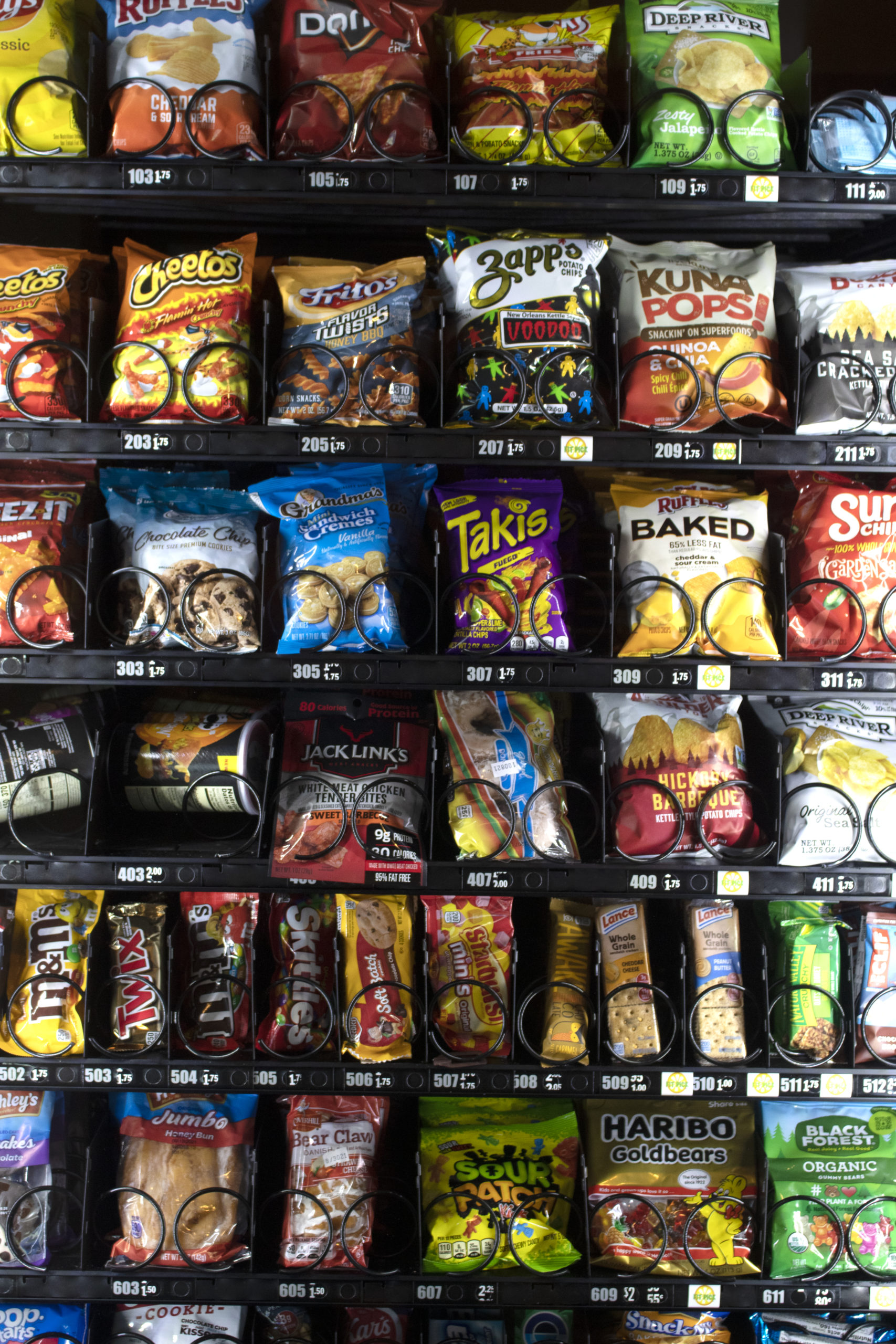
Many nostalgically regard college as one of the most incredible times of a person’s life. It’s the chance to have fun before officially entering the adult world. However, with food insecurity being one of the leading issues that plague many college students, that fun perception is often revealed to have a depressing reality.
The United States Department of Agriculture (USDA) defines food insecurity as “a lack of consistent access to enough food for an active, healthy life.” The lack of consistent access to food has become an ever-growing issue for college students in recent years.
In 2017, the Association of American Colleges & Universities (AACU) reported that rates of food insecurity were higher at two-year institutions than their four-year counterparts.
28% of students have very low food insecurity at two-year or community institutions, compared to the 24% of four-year institutions. Furthermore, they reported that only 20% of college students that are food insecure received Supplemental Nutrition Assistance Program (SNAP) food stamps.
Given the smaller percentage of food insecure college students at four-year institutions, it’s evident that there’s a distinction between “traditional” and “untraditional” college students regarding food insecurity.
In a 2018 Government Accountability Office report, less than one-third of college students are “traditional” students that enroll in college directly after high school and are financially dependent on their parents.
On the other hand, 71% of college students are “untraditional,” meaning they are financially independent, enrolled part-time, work full-time jobs, are caretakers for dependents or did not receive a traditional high school diploma.
The report also found that federal student aid does not generally cover all college costs for low-income students, adding that college students may not have access to federal food assistance incentives like SNAP.
Additionally, many college students come from low-income households where lack of food and nutrition are commonplace and barriers to schoolwork. These students worry about having enough time and money to eat balanced meals.

Photo by Stone Ray | The Signal
Students have to worry about purchasing textbooks, spending multiple hours in class, in the library, studying for exams or writing essays, which can leave some students with very little money or time to use for food.
The main eating options for students are the dining hall or the infamous Grab-n-Go stores, where students can get their favorite snacks or drinks. However, these options are still expensive for a more financially compromised student.
Alleviating food insecurities for college students is a problem that has no easy solution. Fortunately, there is a haven where Georgia State students can combat food insecurity, the Panther’s Pantry.
The Panther’s Pantry, founded in 2014, is an on-campus organization where students can donate food and other necessities to give back to their fellow students. According to Leslie Knapp, Assistant Director of Student Nutrition Services, the Panther’s Pantry’s mission is to “distribute food and basic necessities to the Georgia State community in an effort to alleviate the stress associated with short-term food insecurity and other financial constraints.”
Georgia State founded the program after a survey conducted by Coordinated Program (CP) students in the Student Nutrition Services found out that 68% of Georgia State students were food insecure at one point during their enrollment.
“Additionally, evidenced-based studies have shown food insecurity among college students has been linked to lower graduation rates and undermines their ability to succeed academically and otherwise,” Knapp said. Due to this, Knapp has also clarified that students do not need to be experiencing extreme food insecurity to utilize Panther’s Pantry.
“While it depends on inventory, we do aim to provide a variety of food groups for [all] students,” Knapp said. “In general, they receive proteins, canned vegetables, [canned] fruits, grains, as well as beverages and snacks like protein bars and applesauce, just to name a few.”
This accessibility contributes to the Panther’s Pantry’s goal of encouraging a greater understanding of food insecurity in college students and finding ways to combat it.
“Taking the time to talk with students to understand their food and nutrition situation,” according to Knapp, “is the best way to support and assist them through their college experience.”
Knapp has also said that having campus food pantries, a case management team to connect students to resources, nutrition education and mental health services are all first steps to combating food insecurity at the base level. Well-nourished students usually have higher GPAs, perform better academically and experience fewer mood disorders than those not as well-nourished.
Any enrolled students can visit the pantry with their Panther ID once per week to receive one food bag and one hygiene bag. No financial information is required.
The Panther’s Pantry’s various social media sites also provide links to community resources, information on food insecurity and other helpful resources. Additionally, these pages offer students nutrition education, food demonstrations, and nutrition counseling to prepare different “tasteful” foods on a budget.
This semester, the Pantry will be hosting virtual and in-person outreach events to highlight new initiatives for the year. These include the Produce to Pantry initiative and their new food recovery program, which will allow the Pantry to distribute microwaveable meals as part of our pantry offerings.
For students interested in attending, the sign-up is accessible on their Instagram page (@pantherspantry). For more information on volunteering or donating items, students can visit pantry.gsu.edu.
